D-DAY GENERAL
How Dutch Cota Saved Omaha Beach on June 6, 1944
NOEL F. MEHLO JR.
Guilford, Connecticut
Published by Stackpole Books
An imprint of The Rowman & Littlefield Publishing Group, Inc.
4501 Forbes Blvd., Ste. 200
Lanham, MD 20706
www.rowman.com
Distributed by NATIONAL BOOK NETWORK
Copyright 2021 by Noel F. Mehlo Jr.
All rights reserved. No part of this book may be reproduced in any form or by any electronic or mechanical means, including information storage and retrieval systems, without written permission from the publisher, except by a reviewer who may quote passages in a review.
British Library Cataloguing in Publication Information available
Library of Congress Cataloging-in-Publication Data available
Names: Mehlo, Noel F., Jr., author.
Title: D-Day general : how Dutch Cota saved Omaha Beach on June 6, 1944 / Noel F. Mehlo Jr.
Description: Lanham, MD : Stackpole Books, an imprint of the Rowman & Littlefield Publishing Group, [2021] | Includes bibliographical references and index. | Summary: On June 6, 1944, under heavy fire, General Norman Dutch Cota landed on Omaha Beach. He was a fighter and his contribution to D-Day will remain his rallying of demoralized troops and blazing the trail toward the breakout and victory on OmahaProvided by publisher.
Identifiers: LCCN 2020046481 (print) | LCCN 2020046482 (ebook) | ISBN 9780811739658 (cloth) | ISBN 9780811769662 (epub)
Subjects: LCSH: Cota, Norman D. (Norman Daniel), Sr., 18931971. | Operation Neptune. | World War, 19391945CampaignsFranceNormandy. | United States. Army. Infantry Division, 29thBiography. | GeneralsUnited StatesBiography. | World War, 19391945Amphibious operations.
Classification: LCC D756.5.N6 M44 2021 (print) | LCC D756.5.N6 (ebook) | DDC 940.54/21421092dc23
LC record available at https://lccn.loc.gov/2020046481
LC ebook record available at https://lccn.loc.gov/2020046482
 The paper used in this publication meets the minimum requirements of American National Standard for Information SciencesPermanence of Paper for Printed Library Materials, ANSI/NISO Z39.48-1992.
The paper used in this publication meets the minimum requirements of American National Standard for Information SciencesPermanence of Paper for Printed Library Materials, ANSI/NISO Z39.48-1992.
To General Norman Daniel Dutch Cota and his family
To the 29th Infantry Division Blue and Gray and their families
To Joseph Balkoski, for a lifetime of service to honoring the memory and history of the members of the 29th Infantry Division, past and present
To Major General John C. Raaen Jr. and Private First Class Randall Ching of the 5th Ranger Infantry Battalion for their stalwart defense of freedom and their sharing of knowledge with others
To Michael White, stepson of Lieutenant Jack Shea, 29th Infantry Division
To all the veterans of Omaha Beach on June 6, 1944
To the French people
To my Lord and Savior, Jesus Christ
CONTENTS
Guide
While the three of us were catching our breath, there we saw two men who seemed to need help out in the water, so with an enlisted man who was sitting next to me, I ran back out to them. The enlisted man (whom I didnt know) began helping one of thema soldier with a wounded legand I went over to the other one, who was lying face down in the water about the middle of the runnel. I could tell from his uniform that he was one of our officers, and then I lifted him partly up, I saw it was Major Sours. He was already dead when I found him, and although due to the heavy fire on the beach, it was no place for any unduly extended examination, I did make absolutely sure that he wasnt either drowned or partially drowned, and there was nothing at all that could be done for him
General Cotas party sought cover behind the nearest tank as the group moved across the beach under the cover of the tank that had engaged German antitank weapons to its near right front. The Duplex Drive amphibious tanks of Company C, 743d Tank Battalion, were the first real cover available. The tanks landed at H6, and there were an estimated eighteen tanks standing just above and advancing along with the rising tide. They all faced the bluffs and were spaced at intervals of approximately seventy to one hundred yards. This position placed them about twenty-five feet from the seawall, from which position each of them fired at enemy positions immediately in front of each tank. Lieutenant Shea noticed that two tanks were burning to the west near the Vierville exit. One, identified as Tank C-5, was noticeably damaged from several rounds of direct 88-mm fire from the German WN 72 casemate. 1st Lieutenant Alfred H. Williams Jr., Company C, 743d Tank Battalion, and his crew managed to escape that destruction. General Cota and his men screened themselves behind a tank that was firing to its right front instead of its previously assigned target to the west: the enemy artillery positions at Pointe et Raz de la Perce (WN 74). These German strong-points were armed with two 75-mm artillery pieces situated high on the bluffs and were able to fire down the beach well beyond Dog Red. The overall situation at this time is detailed in the War Department map shown in .
The 5th Ranger Infantry Battalion (RIB), under the command of Lieutenant Colonel Max Schneider, had the primary mission of landing at Pointe du Hoc as a follow-up force to Lieutenant Colonel James Earl Rudder and his three companies of 2d Ranger Infantry Battalion engaged there. After not receiving communications to land there, Schneider made his way to their secondary landing objective at Dog Green. As the battalion approached, the men witnessed the carnage that befell Companies A and B and the remnants of the 29th Infantry. Remaining calm and drawing on his experience as a former Darbys Ranger who fought in the Mediterranean, Schneider swung his flotilla of two waves of LCAs (Landing Craft, Assault) to the east and headed in at the breakwaters where Cota and his men were. The first wave of Rangers touched down just ahead of LCI(L) 91 and consisted of Companies B, A, E, and half of HQ, with Company B ordered to the right and the others to the left. Captain John C. Raaen Jr., CO, HQ Company, landed in the second wave along with Companies D, F, and C. Major Richard P. Sullivan, executive officer (XO), was aboard the LCA with Raaen. Private First Class Randall Ching was a member of 2d Platoon, Company B, 5th Ranger Infantry Battalion, and was in one of the westernmost bays formed by the breakwaters. He was the only Chinese American Ranger during World War II. He was born in the States, but during the Great Depression, his family emigrated back to China. As a result, he was conscripted into the Chinese army and fought the Japanese in the late 1930s before returning to the States at the outset of U.S. involvement in the war, and he volunteered as a Ranger.
I got there by that tank, and I had to go around it because the tide had come in by that time, and I got right behind the tank. One enemy artillery round hit out in the water. I thought to myself: Arden, get out of here, they are after this tank. I couldnt move, I was loaded so heavy, I couldnt move very fast. The next round came in right close to the tank. It didnt hurt the tank. But I got my first Purple Heart right there. I still got part of that artillery shell in my right wrist and hand. I wasnt hurt too bad. I had seen an American panic, before, on the way in. And I started, I began to feel, and I thought, For Gods sakes Arden, youre not hurt bad. Keep Going. So I did. Our Aid-man was a hero that day. Thats all we had. We didnt have any first aid, uh, hospital, or anything like that. Now, I think there was hospital ships out there, but they couldnt get in to get us off the beach, and so, a lot of the guys just laid there. I was bleeding a little bit, but I could still walk, I could still go, I carried my load. I kept going.... We moved to the west down the beach to the sector General Cota landed in and was working. By the time I saw General Cota, a lot of us were hunkered down. We were waiting to see what was; we knew something was wrong, but we waited for somebody to

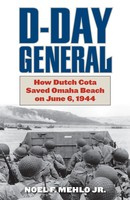

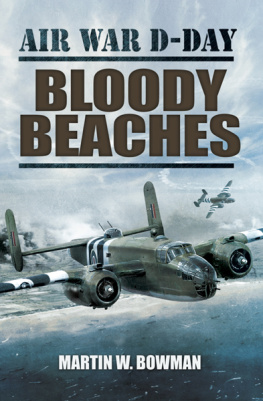
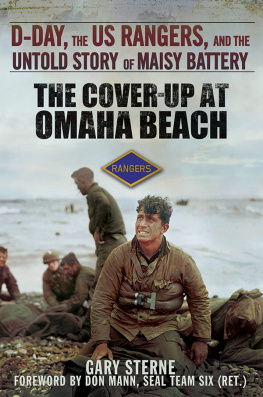
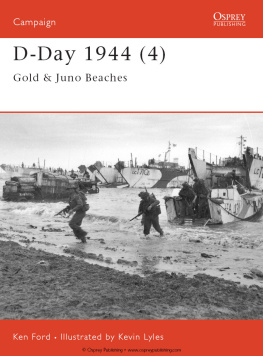
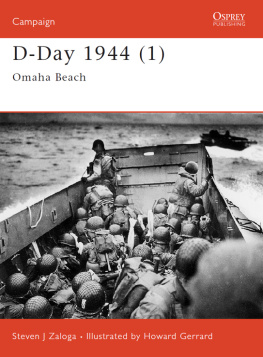
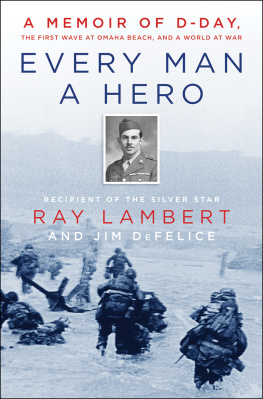
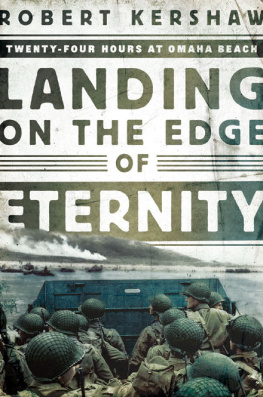
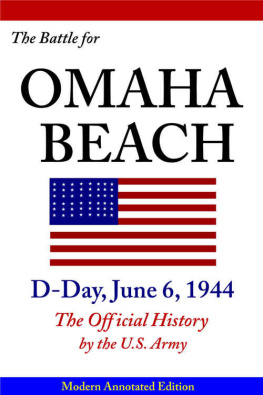
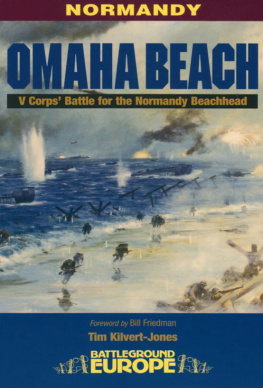
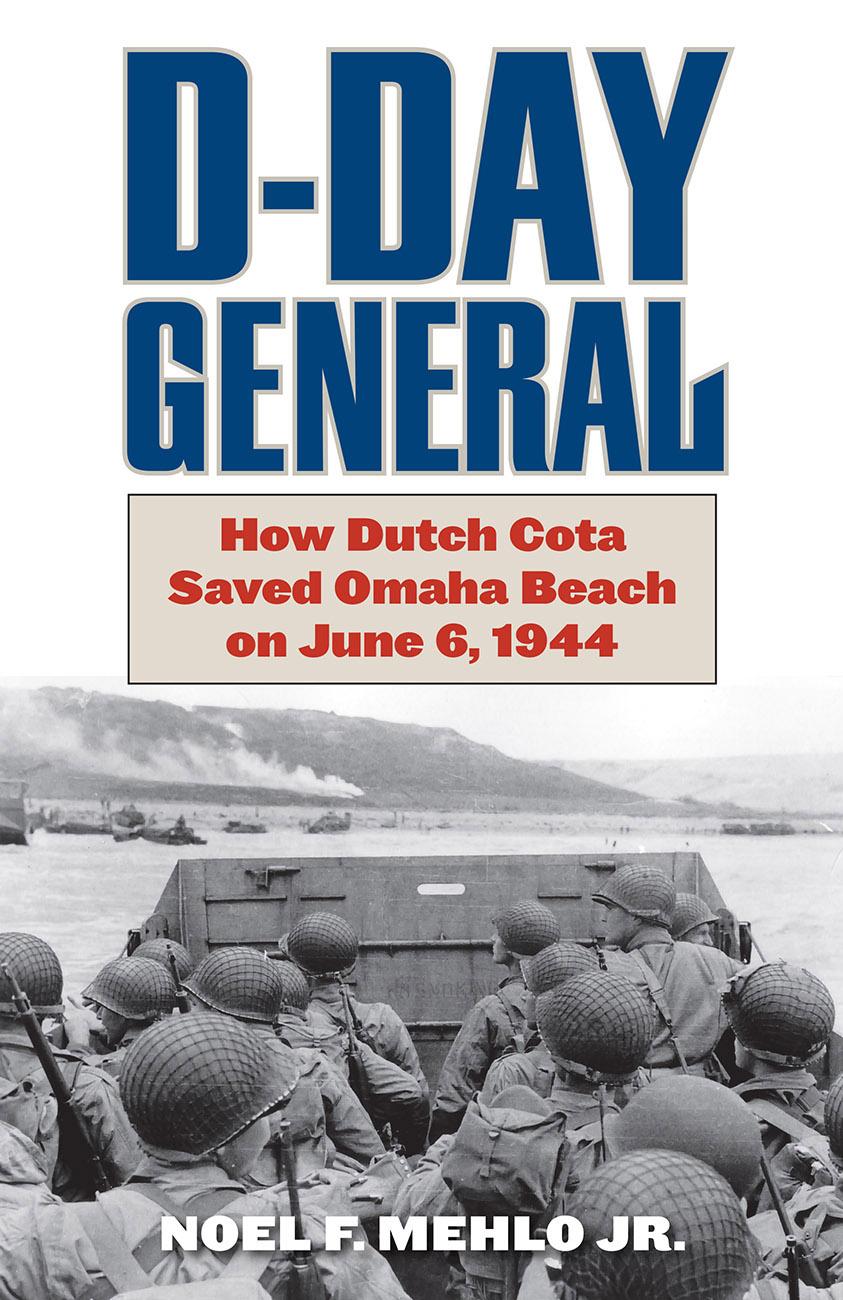

 The paper used in this publication meets the minimum requirements of American National Standard for Information SciencesPermanence of Paper for Printed Library Materials, ANSI/NISO Z39.48-1992.
The paper used in this publication meets the minimum requirements of American National Standard for Information SciencesPermanence of Paper for Printed Library Materials, ANSI/NISO Z39.48-1992.